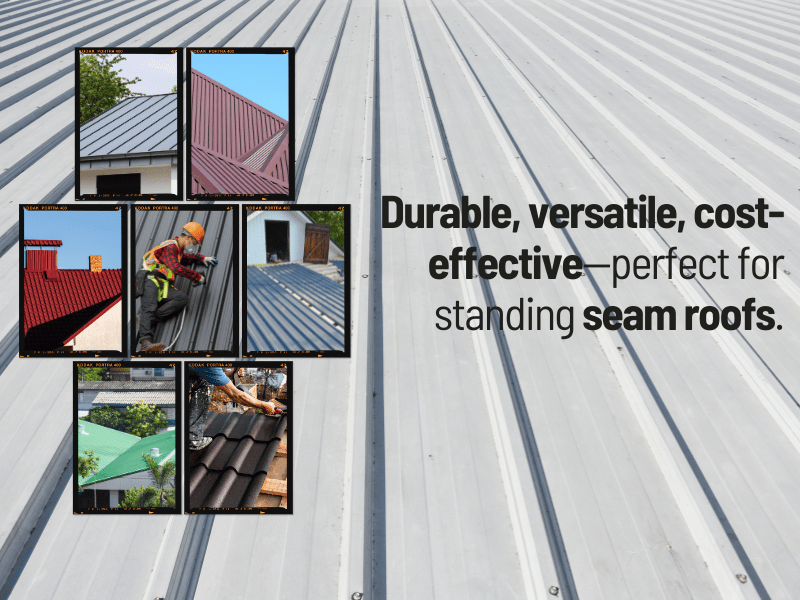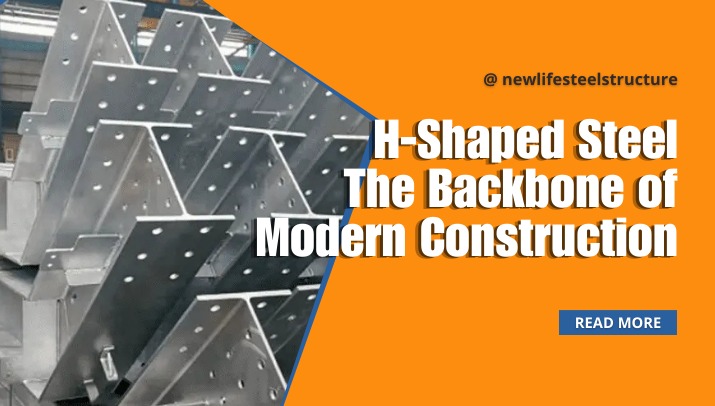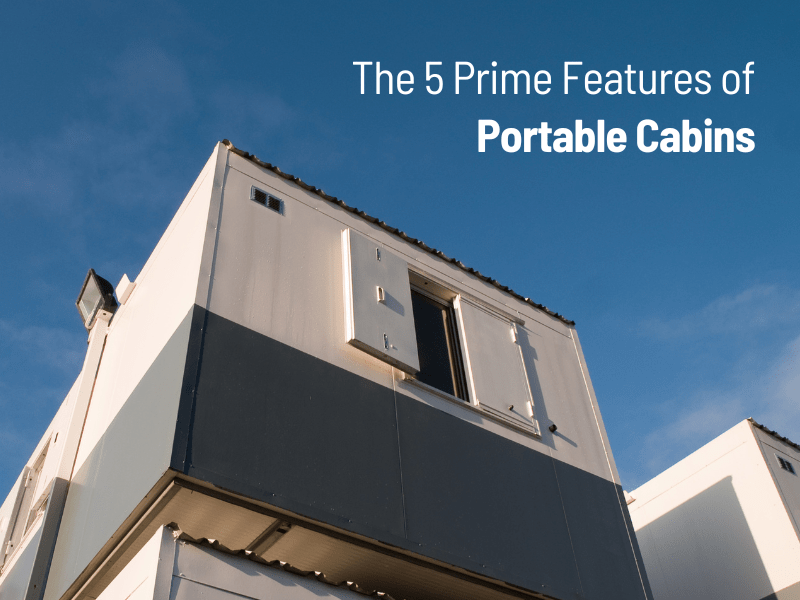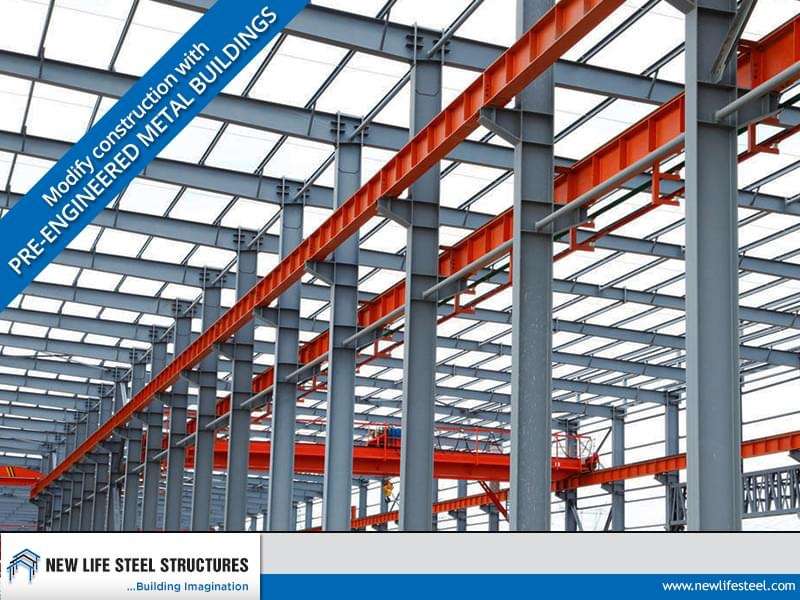
H-Shaped Steel: The Backbone of Modern Construction
Home » H-Shaped Steel: The Backbone of Modern Construction

H-shaped steel, commonly known as H-beam or universal beam, is a member of the structural steel family with a cross-section resembling the letter “H.” This design offers an optimized cross-sectional area distribution and thus helps in providing a favorable strength-to-weight ratio. All parts of the H-beam are arranged at right angles thereby granting it strong bending resistance in all directions, simplifying construction, reducing costs and hence resulting in lighter structural weight. These advantages have led to its widespread use in various applications.
Applications of H-Shaped Steel
H-shaped steel is versatile and finds applications across multiple sectors:
– In Industrial and Civil Structures H-beams provide robust support in building frameworks when used as beam and column components.
– In Underground Projects they are employed as steel piles and supporting structures. H-beams offer stability in subterranean constructions.
– In industries like petrochemical and electric power, H-beams form the backbone of equipment frameworks. H-beams are integral to the frame structures of ships and various machinery. They also provide support in train, car, and tractor beam assemblies.
-Their strength and durability make them ideal for Long-Span Steel bridge components, supporting extensive spans.
– H-beams are used in port conveyor belts and high-speed baffle brackets, ensuring efficient material handling.
Overall, H-shaped steel is an economical cross-section steel widely used in various industries, construction, bridges, oil drilling platforms and more.
Types of H-Shaped Steel
H-shaped steel is categorized into hot-rolled and welded types:
– Hot-Rolled H-Shaped Steel : This type is further divided into Wide-Flange H-Shaped Steel (HW) which features equal height and flange width; primarily used for steel core columns in reinforced concrete frame structures. Medium-Flange H-Shaped Steel (HM) has a height-to-flange width ratio of approximately 1.33 to 1.75 and is commonly used in steel structures as frame columns and beams that bear dynamic loads. Narrow-Flange H-Shaped Steel (HN) has a height-to-flange width ratio greater than or equal to 2 and it is mainly used for beams, serving functions similar to I-shaped steel.
– Welded H-Shaped Steel : Manufactured by assembling and welding web and flange plates, this type of H Shaped Steel allows for customization in dimensions and is suitable for specific design requirements.
Advantages of H-Shaped Steel
H-shaped steel offers several benefits over traditional steel sections:
– High Structural Strength : Compared to I-beams, H-beams have a larger section modulus, allowing for metal savings of 10-15% under the same load-bearing conditions.
– Flexible and Rich Design Options : The parallel flanges and right-angle leg ends facilitate easy assembly into components, saving approximately 25% of welding and riveting workload.
– Lightweight Structure: The use of H-beams can reduce the weight of structures by 30-40% which helps in cost savings in materials and transportation.
– High Structural Stability : The scientific and reasonable structure of H-beams provides good plasticity and flexibility which makes them suitable for buildings that withstand significant vibration and impact loads.
– Increased Usable Area : The smaller cross-sectional area of H-beam columns compared to concrete structures helps in increasing the effective use area of buildings by 4-6%.
– Environmental Benefits : The use of H-beams reduces noise and dust during the construction process which minimizes soil disturbance due to lighter weight and generates less solid waste upon dismantling contributing toward environmental protection.
– Rapid Construction Speed: Steel structures made of hot-rolled H-shaped steel can be constructed 2-3 times faster than concrete structures, reducing financial costs and accelerating project timelines.
In conclusion, H-shaped steel’s combination of strength, versatility and efficiency makes it an indispensable material in contemporary engineering. Whether in high-rise buildings, bridges, large-span structures, mechanical manufacturing or energy engineering, H-shaped steel continues to provide exceptional performance across a wide range of applications.
Recent Post


The 5 Prime Features of Portable Cabins

